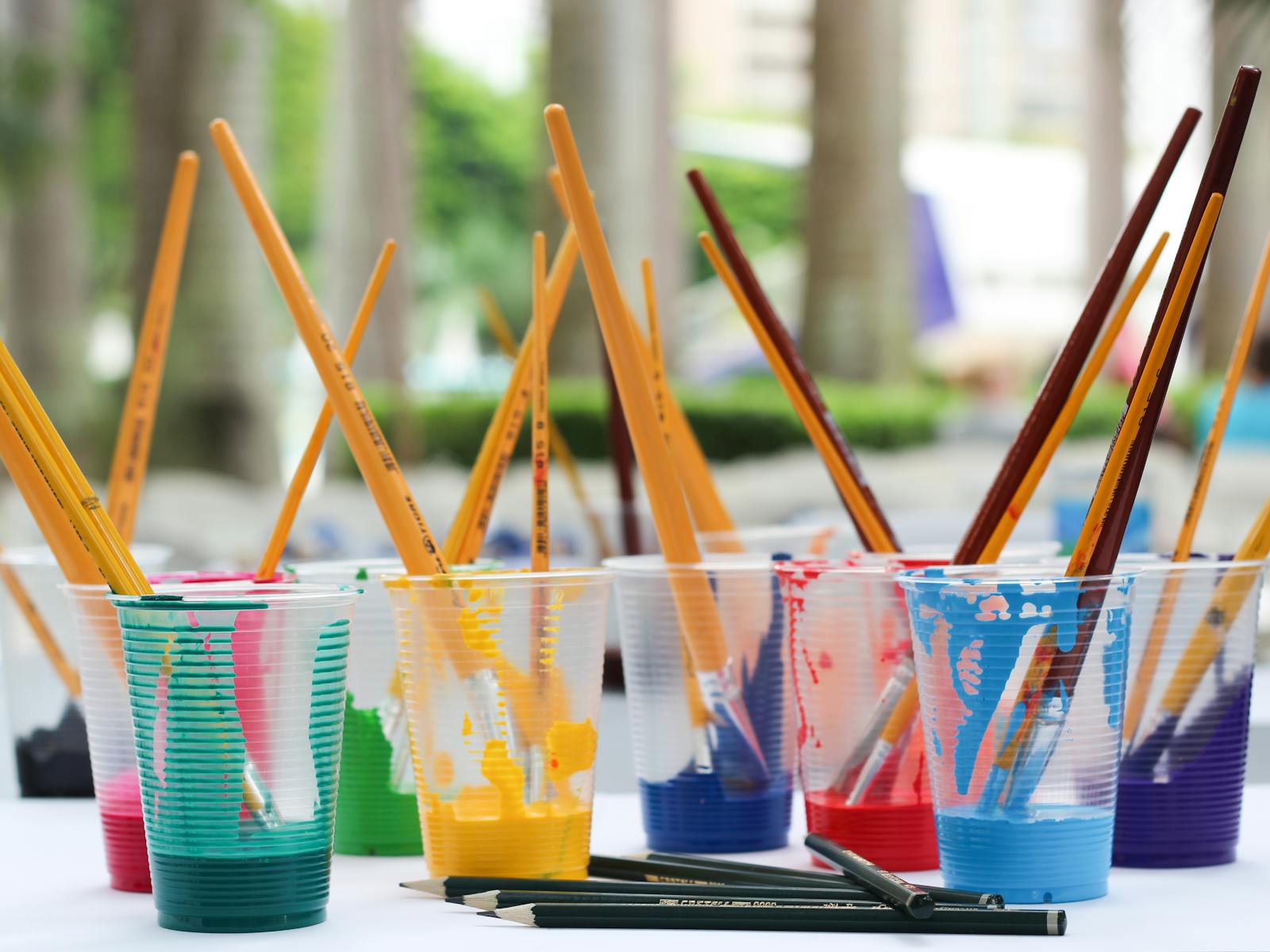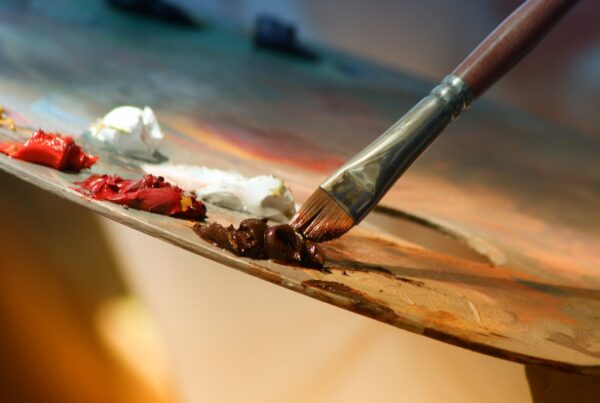Disclosure Sponsored Links: This post contains a paid-for sponsored link, meaning we have received compensation in exchange for including it. Sponsorship does not influence our content, but we believe in transparency regarding paid placements.
Art is for the ages. It is how many of us capture our most heartfelt emotions and suppressed desires. In the modern age, many creators use art to share the crucial message of preserving the natural world.
And yet, we may overlook the need to scrutinise our art materials and supplies when we do so. What if our artwork instruments are inadvertently harming the environment and spoiling our health?
In 2022, the University of Maine undertook a thoughtful project to convert trash into art. The Radical Gardening project spread community awareness about PFAs or per- and poly-fluoroalkyl chemicals. It converted contaminated items into pigments and dyes for paintings and textile pieces.
So, what’s the deal with “forever chemicals,” and how can we, as artists, choose greener options for our supplies?
Table of Contents
Harmful Chemicals in Art Supplies
Many manufacturers now advertise their art materials as eco-friendly and non-toxic. It has become quite a fad, more commonly seen in children’s products. Parents need to know their purchases are safe for little hands. However, some of these materials may have hidden risks that have only recently started coming to light.
Environmental Health Sciences, or EHN, reported that epoxy resin art is particularly ambiguous. It has become coveted for its stunning applications, from making custom jewelry to glassy additions to woodwork. Some resin materials contain chemicals from the bisphenol family. They can disrupt hormones and may also be carcinogenic.
Unfortunately, many epoxy kits sold in the market or online black out their list of ingredients. The internet has abundant videos on resin art, but few talk about safety precautions. Many hobbyists don’t realise the necessary caution or guidelines on assessing whether the resin is fully cured, i.e., safe to handle.
Creators must strictly avoid paints containing barium, cadmium, and chromium. These chemicals can cause acute health issues and damage the natural world.
Other Chemical-Induced Risks for Artists and Designers
Artists can also encounter toxins from other sources. The EHN notes that some architectural paints contain PFAs or per- and poly-fluoroalkyl chemicals. These agents are aptly named forever chemicals because they stay in our bodies for several years. Traces can persist in supply chains and groundwater for generations.
Multiple scientific reports have linked PFAs to thyroid cancer and liver damage. Artists who work in old buildings that don’t use safer alternatives can face considerable exposure over time.
Another risk stems from the fire protection used in art galleries. In 2024, many famous galleries faced fire incidents, putting valuable paintings at risk. In January 2024, a major fire broke out at the National Art Gallery of Abkhazia, officially a part of Georgia. Over 4,000 art pieces perished in the blaze.
Art galleries are paranoid about fire protection since fires can be irreparably damaging. However, some practices like using Aqueous Film Forming Foam have linkages to serious health risks.
The AFFF lawsuit notes that this firefighting agent has PFAs and can perpetuate cancer and immune dysfunction. Usually, AFFF is used to put out fires caused by flammable liquids. Artists may use solvents and spray paints that cause fumes and raise fire hazards.
On that note, art galleries must follow relevant safety guidelines. TorHoerman Law advises vigilance and legal counsel for those affected by exposure to AFFF. Proactive action can help artists receive the compensation they deserve after unforeseen consequences. More importantly, it will spread awareness in the community about safe workplace practices.
Tips to Pick Eco- and Health-Friendly Art Supplies
The abundance of appealing art supplies in DIY stores has complicated conscious decision-making. Many paints use PFAs as a binding agent for a smooth finish. Even wood lacquers and sealants may contain these chemicals to extend stain and corrosion resistance.
#1 Check the Ingredients of Art Supplies
One practical approach is double-checking the constituent list. Be wary of purchasing items online if it means you cannot examine the ingredients. As a rule, avoid items labeled as perfluoro or polyfluoro.
Artists can find the US government’s steps to phase out toxic chemicals in paints and food packaging reassuring. For example, the US Food and Drug Administration has banned PFOA and PFOS, two dangerous types of PFAs, in packaging that comes in contact with food. One can expect the authorities to phase out more such chemicals eventually.
#2 Pick Supplies With Low Environmental Impact
Another idea is to improve one’s understanding of greener alternatives. For example, you can use linseed oil for painting and select water-based colors over petroleum-based acrylics. Low-waste materials are sustainable picks, like reusable wood easels and canvases made of hemp instead of cotton.
Taking inspiration from Boston’s Massachusetts College of Art and Design, artists can visualise the five-stage life cycle of paints. The process covers stages from extraction and production to distribution, consumption, and waste. Green choices should lower the negative consequences on human communities at each stage.
Responsibility is also paramount when purchasing clay or beads for sculpture and craft. For example, acai seeds can be used to make eco-friendly beads, thereby limiting the use of plastic.
Art can be a beautiful way to let your imagination loose. It lets us express our innermost thoughts and create without bounds. Picking materials that don’t harm the environment or impact the community’s health can keep this beauty intact.
It will involve weighted decisions by artists, curators, students, and gallery owners. But we must undertake this effort to protect the already precarious world from further decline.








